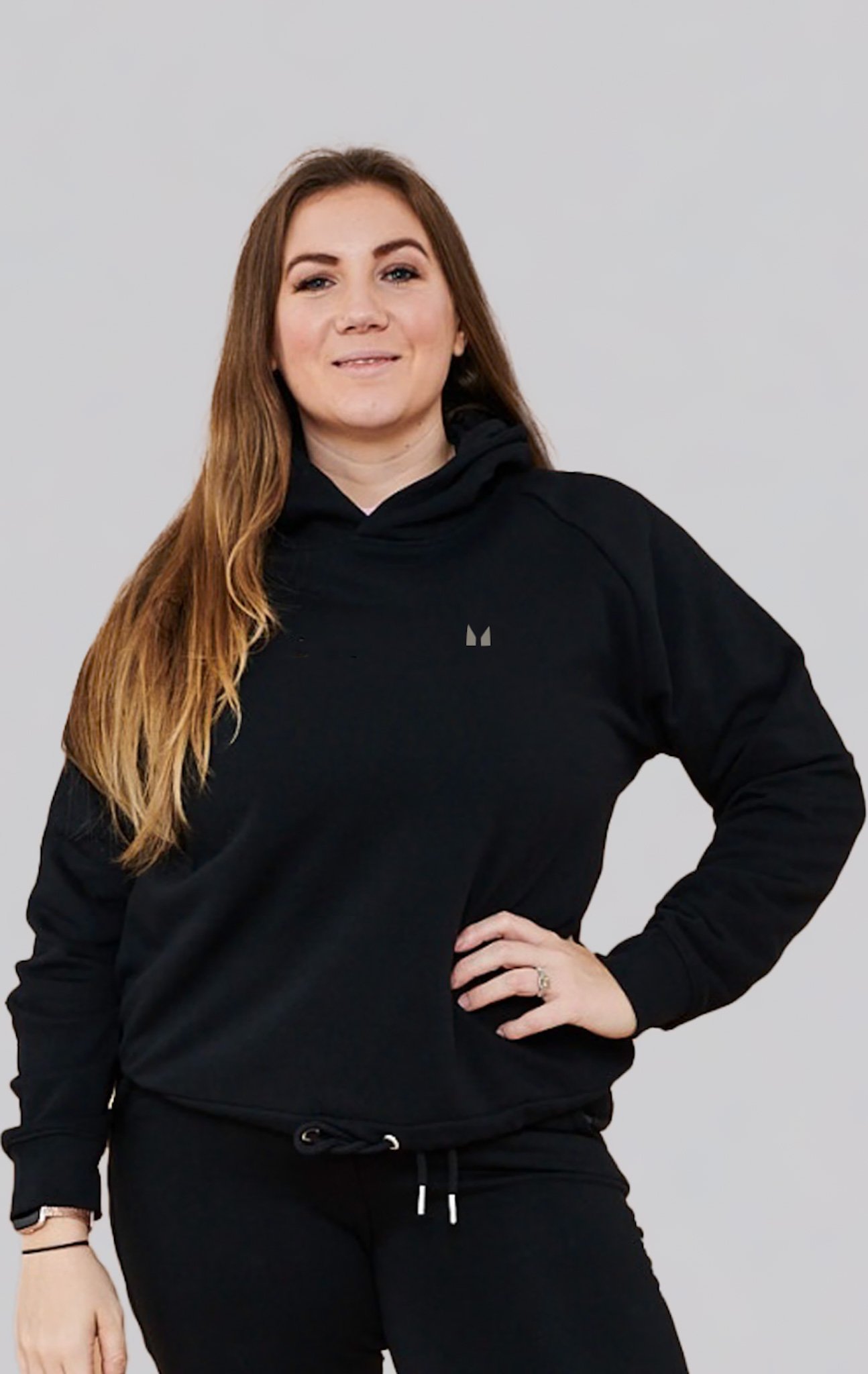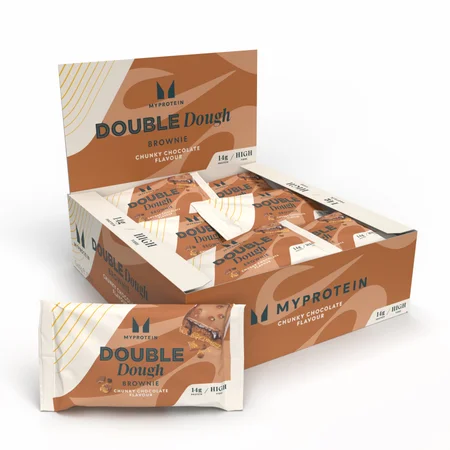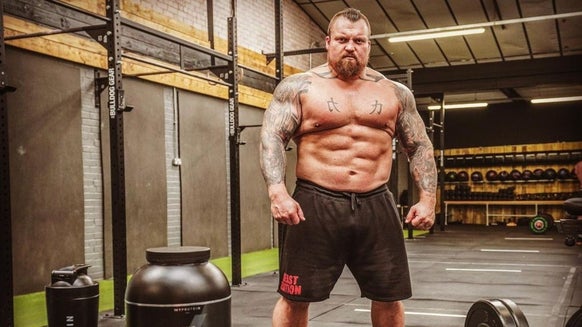Better Your Mental Health With These 4 Exercises | Mindfulness & Meditation

Exercise is a great way to look after your health. Not only can it improve your physical wellbeing, but it can also have a positive effect on your mood, brain function, self-esteem, and overall quality of life.
But training doesn’t have to be restricted to the gym. There are plenty of other ways to get your exercise fix and boost your mood.
Can physical activity help my mental health?
While the physical benefits of exercise are well-known, it’s also great for mental health, especially for helping ease symptoms of conditions like depression and anxiety.
Physical activity can contribute to overall wellbeing by releasing chemicals that can help ease feelings of stress and improve mood. Regular exercise also helps boost energy levels and can improve sleep, which is also good for emotional wellbeing.
There’s more to exercise than just a chemical reaction, though. It also provides an opportunity to practice mindfulness and strengthen the mind-body connection.
Physical exercises for your mental health
Here are four examples of training that will help you to be mindful whilst you exercise.
They are often a mixture of low impact and bodyweight exercises that don’t cause the body as much stress as well as incorporating areas of mindfulness into your training plan.

1. Yoga
Through yoga, we can become more aware of this connection and deepen it.
Yoga can help stimulate the release of mood-boosting chemicals like dopamine, serotonin, and norepinephrine, which can help increase happiness.
Yoga’s breathing and movements techniques can also help reduce cortisol levels, alleviating stress, and are useful for helping to manage symptoms of anxiety.
Still not sure? Check out PT Nerissa's review of the impact of yoga:
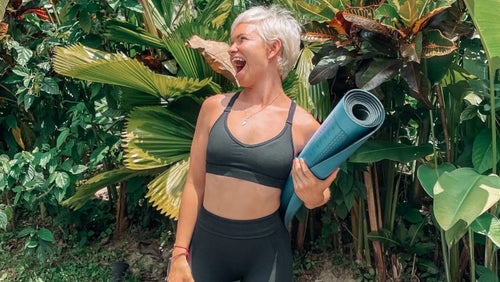
'Mentally I Feel Incredible' | PT Reviews Impact Of Yoga
She couldn't love it more!
Where do I start?
Remember to move slowly through each pose and maintain a steady breath. Pause after challenging poses, and if you notice your breathing speeding up, take a break and begin again when you’re relaxed and ready for the next pose.
If you’d like a bit more guidance, then head down to a beginner’s yoga class.
This calming pose allows for a rest and serves as a good pause position.
Start on your hands and knees, spreading your knees as wide as your mat. Lower your belly between your thighs and rest your forehead on the floor. Relax your shoulders, jaw, and close your eyes. When you’re ready, stretch your arms in front of you with your palms on the floor, and hold the pose while breathing deeply.
Downward Facing Dog
This staple pose strengthens your arms, shoulders, and back while stretching the back chain of your body.
Begin on your hands and knees, aligning your wrists beneath your shoulders and your knees under your hips. Push back through your hands, lift your hips, and straighten your legs, forming a triangle with your body. Let your head hang and move your shoulder blades away from your ears. To deepen the stretch, you can also walk your feet up and down on the spot.
Cobra Pose
This pose stretches and strengthens the back muscles while increasing spinal flexibility and stretching the chest, shoulders, and abdomen.
Lie flat on your stomach, palms flat on the ground beneath your shoulders. Slowly bend your elbows, keeping them close to your sides. Press your pubic bone into the floor, inhale, and lift your chest off the floor while keeping your hands on the mat. Pause, exhale, and slowly lower yourself back down.
Triangle Pose
This pose helps build strength in your legs, and is good for stretching the hips, spine, chest, shoulders, groin, hamstrings, and calves.
Stand on the mat with a wide sideways stance. Engage your right thigh, extend your right hand towards the front, and slowly lower your right hand down onto your shin. Ensure your left shoulder is stacked on top of the right one, open your chest, and reach your left hand towards the ceiling. Turn your head and gaze up towards the fingertips of your left hand.

2. Tai Chi
Rooted in the ancient philosophy of Taoism, it places importance on the natural balance and harmony between spiritual and physical beings.
Often referred to as “meditation in motion”, tai chi’s benefits extend to both physical and mental wellbeing, with deep and natural breathing focusing the mind on the movement and circular motions relaxing the muscles and joints.
Tai chi is a great exercise for helping reduce stress, improving self-awareness, and providing a sense of control and calm. It can be challenging to master on your own, but its mental and physical benefits make it worth the effort.
Where do I start?
To learn tai chi, the best thing to do is to attend a class or have one-on-one sessions to learn the basic movements and breathing techniques. But here are three beginner techniques to give you an idea of the movements:
Warrior & Scholar
Begin with your feet together and hands relaxed at your sides. Breathe in as you bend your knees and sink down while keeping your left hand flat and your right hand clenched in a fist. Inhale further and cover your right fist with your left hand, lifting it up. Return to a straight leg pose while exhaling, then repeat.
Brush the Knee
Start in a T position, then raise one hand, palm in front, with the other hand in front of you, palm down. While moving one foot forward, roll your body at the waist and push the raised hand forward while lowering the other hand. Finish by circling your arms back to the starting position. Breathe out as you push with your upper hand.
Part the Horse’s Mane
Place both of your hands up over the top of each other with palms facing each other, as if carrying a ball at the top and bottom. Shift your weight to the foot on the same side as your upper hand. E.g., if your right hand is up, shift your weight to your right foot. Bring your opposite leg to the front and slowly move your weight to the front leg while moving your lower hand forward. Your other hand should go back and down, palm facing the floor.

3. Pilates
Pilates, originally known as “contrology”, is a full-body exercise developed by German physical trainer Joseph H Pilates in the early 20th century to help heal and train the body.
Different formats of pilates exist, from mat-based exercises to training with specialised equipment like reformers, towers, or stability chairs.
Pilates targets smaller, deeper, and often underused stabilising muscles that support the joints. Like yoga and tai chi, pilates can also be good for mental as well as physical wellbeing.
If you don't fancy a class, try this wall pilates workout at home:
Where do I start?
Pilates is a gradual journey that focuses on quality over quantity, so improvements for strength will take some time.
Try these three movements at home to get started, but also consider signing up to a class to learn more.
Pelvic Curl
Lie on your back with your knees bent and feet flat on the floor. Your arms should be long and pressing into the mat beside your hips. Inhale deeply, then exhale as you engage your abs and draw your pelvis underneath you. Engage your glutes and lift your hips until your body forms a straight line between your knees and shoulder blades. Inhale again, pause, and exhale as you slowly lower down one vertebra at a time.
Spine Twist Supine
Lie on your back with your arms in a T position, palms facing up. Slowly bring your legs in one at a time, so your shins are facing the ceiling and your knees are at a 90-degree angle. Inhale deeply, then allow your knees to drop down to the right. Exhale, pull your abs in, and return your legs to the centre.
Roll-Like-a-Ball
- Start by sitting with your knees bent, forming a slight C-curve and tucking your pelvis underneath you.
Place your hands on your shins, keeping your elbows wide and biceps active. Tuck your legs towards your chest, holding your toes off the mat. Inhale and roll back with control, then exhale and roll forwards, balancing in the starting position.

4. Mindful Strength Training
Strength training’s history goes all the way back to ancient Egypt. In modern times, it’s gained widespread popularity, with people of all shapes, sizes and backgrounds picking up weights in the gym to reap the physical and mental benefits.
Mindful strength training combines the traditional practice of lifting weights with the practice of mindfulness. It involves deliberately focusing on the present moment and specific movements to connect the mind and body during training.

Gym Split For Beginners | Start Strength Training For Improved Mood
And burn calories, increase muscular strength, and improve sleep.
Where do I start?
Take it slow and work on a strong mind-muscle connection. Warm up properly and focus on the flow of movement between stretches.
Squats
Place a barbell across your upper back, holding it with an overhand grip about two hand-widths from your shoulders. Slowly tuck your elbows under and hug the bar into your traps. Stand slowly and take a step backwards out of the rack, positioning your feet just outside hip width. Keep your head up and back straight as you drive your hips back and down, focusing on engaging your quads and glutes. Maintain tension throughout the movement and continue lowering until your hips align with your knees at a 90-degree angle. Hold at the bottom for 1-2 seconds before pushing through your feet to rise back up. Keep your core braced, hold at the top for 1-2 seconds and repeat.
Bent Over Row
Stand with your feet hip-width apart and pick up a barbell with an overhand grip, hands slightly wider than shoulder-width apart. Take a deep breath and engage your back while squeezing your core. Slightly bend your knees, maintaining a straight back, and lean your upper body forward until it’s almost parallel to the floor. Keep your muscles engaged and slowly pull the barbell up toward your chest, focusing on contracting your back muscles. When you reach the top of the movement, hold for 1-2 seconds before slowly returning to the starting position.
Bench Press
Lie on your back on a bench, feet flat on the floor, with the bar racked over the middle of your chest. Slightly arch your back and press your upper back into the bench while flaring your lats. Set your hands just outside shoulder width and grip the bar tightly. Take a breath, brace your chest and back, and unrack the bar. Slowly lower the bar towards your chest by bending your elbows, and once the bar taps your chest, drive it back up with control until your arms fully extend. Hold the top position for 1-2 seconds before repeating the movement.
Deadlift
Position your feet hip-width apart. Take a breath, bring your shoulders over the bar, and hinge at the hip, driving your backside down towards the floor. Focus on contracting your lats, pulling them back and down, use the bar to pull your body in tight, and lift your chest to set you back. Inhale deeply, engage your core, and drive through the floor with your legs, slowly lifting the bar while keeping it tight to your body.
Take Home Message
Have a go at some of these exercises, taking your time and focusing on your breathing, specific body movements, and mind-muscle connection, and see if you feel the benefits.
TRY THESE NEXT:
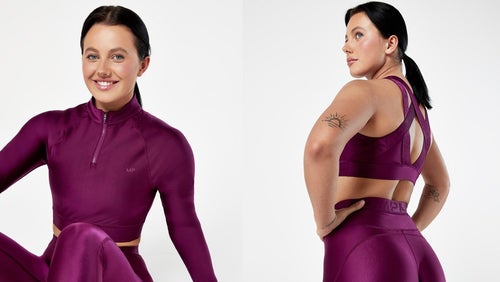
‘One Bit of Advice Could Change Your Life’ | Mental Health Matters
Lara talks changing your mindset and celebrating the small wins.

5 Easy Ways To Eat Yourself Happy | Top Mood Foods For Mental Health
Make every bite count.

These Female PTs Will Inspire You To Chase Your Goals
"There needs to be more focus on women's health in the industry."
